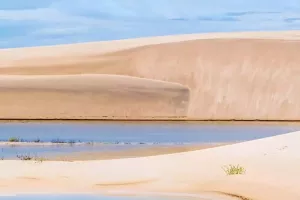In the evening when the weather is clear, there will always be a large, gorgeous sunset in the sky like fireworks. Many people simply think that the sunset is a normal cloud in the sky, but the sun's rays are dyed in different colors. So is the actual sunset actually a cloud? How did it come about? After reading the following knowledge, you may have a deeper understanding.
In a broad sense, our definition of sunset refers to the colorful clouds that often appear in the sky in the short time before sunset. This colorful cloud is like accidentally knocking over a paint bucket. The colors are mixed extremely naturally and evenly, with a unique beauty. Its visual effect is similar to that of a rainbow, which can bring people a pleasant feeling, but the color of the sunset is not like a rainbow, which has a fixed arrangement and combination, so it has greater randomness.
The formation principle of sunset is actually very simple, because the air scatters the color of the light. When the sun's rays enter the atmosphere, it encounters particles or other objects in the atmosphere. Such encounters produce very significant scattering, because atmospheric molecules, and these tiny suspended particles, do not emit light on their own. But because they scatter the sun's light, each atmospheric molecule becomes a small floating point of light.
According to Rayleigh's law of scattering, these small points of light can actually change the way light moves. When the sun is low in the sky and slowly setting, it means that the sunlight we see has penetrated the thicker atmosphere. Meaning photons can even interact with tiny gas molecules in the air, so they start to be reflected by the particles.
This makes shorter wavelengths of light, such as blue and green, unable to shine through at sunset. Blue light is scattered more in the atmosphere, so it is more likely to be directed in other directions. So we can't see them, which means we can see more red and orange light. Longer wavelengths of light, such as red and orange, penetrate most atmospheric particles, so that's what you end up with as a sunset.
In the evening, the sea breeze blows gently, leaving a faint smell of the sea. Layers of waves reflected the afterglow of the setting sun, glittering and shining. The breathtakingly beautiful sunset on the sea, with the sunset glowing half of the sky, constitutes a unique scenery.


